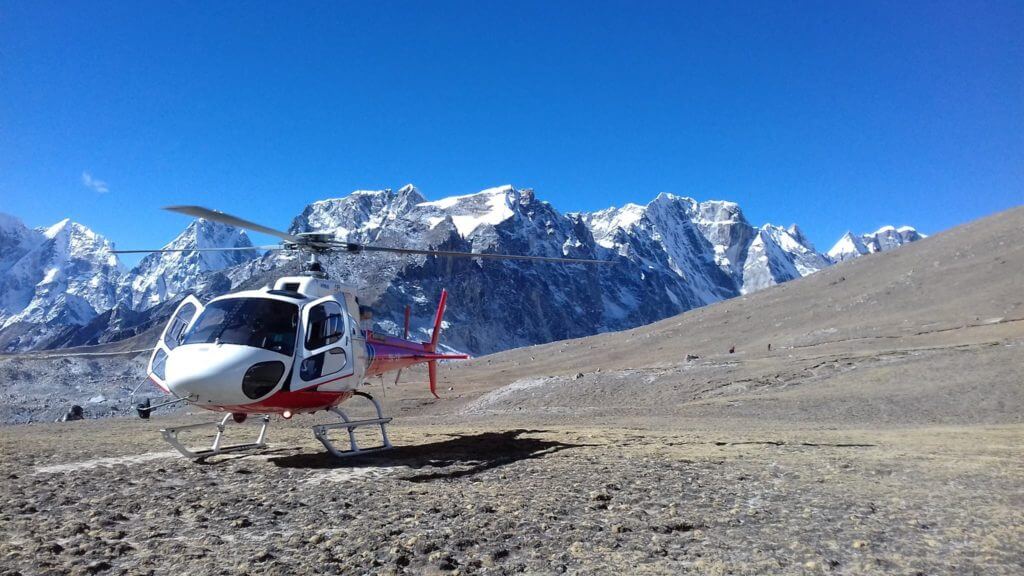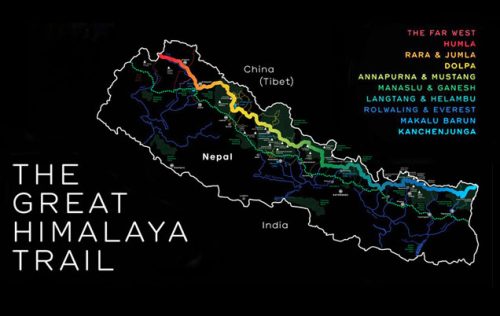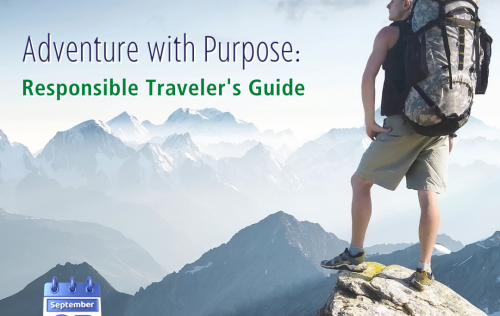NEW DELHI — International insurance companies on Friday threatened to end travel coverage to Nepal if the government did not crack down on elaborate helicopter rescue scams that target foreigners trekking near Mount Everest and other high-altitude peaks.
Last year, investigations by the Nepali government and Traveller Assist, a medical assistance company based in Ireland, found that some trek operators, guides, helicopter companies and even doctors and hospitals had conspired to bilk millions of dollars from insurance companies by pushing for emergency mountainside evacuations for minor illnesses, or when simpler treatment options were available.
The guides preyed on trekkers when they were most vulnerable — trudging up remote trails, cold, wet, sick, confused and miles from any well-serviced towns.
The Nepali government found evidence that some guides went as far as intentionally making hikers ill by spiking their food with large amounts of baking soda, which can cause vomiting, diarrhea and other ailments, and then calling for an emergency helicopter evacuation.
These evacuations can cost as much as $40,000 each, depending on how many trekkers are on board, and insurance companies are often stuck with the bill.
Jonathan Bancroft, the managing director of Traveller Assist, which represents three insurance underwriters, questioned why the government has yet to file charges against 17 Nepali companies accused of fraud or tax evasion.
In a letter delivered to Nepal’s minister of tourism on Friday, Mr. Bancroft wrote that if the government did not bring charges against these companies, all of which are reportedly still in business, the insurance underwriters would cut off coverage for Nepal starting from Feb. 15.
“To be clear, this is an ultimatum!” Mr. Bancroft wrote. “If our clients stop issuing travel insurance policies in Nepal, it won’t be long until other insurers do the same. This will have a devastating effect on the tourism industry in Nepal, and your country’s reputation.”
The three insurance underwriters, which control 23 travel insurance brands that cover over 100,000 travelers to Nepal annually, were not identified in the letter. Their market share is sizable: Just over a million tourists visited Nepal last year. Many of them embarked on remote hikes flanked by some of the world’s highest mountains.
Most trekking operators in Nepal are upstanding and see client safety as a key concern. Aware of the risks associated with traveling to high altitudes, many visitors buy travel insurance costing several hundred dollars, opting for plans that include emergency helicopter rescues. To ensure proper acclimatization on the way to places like Everest Base Camp, which sits more than 17,000 feet above sea level, hikes are spread over days.
But according to government officials, insurers and employees in Nepal’s tourism industry, some mountain guides earn commissions from trekking operators by pressuring inexperienced hikers to be flown back to Kathmandu, the capital, at the first minor signs of altitude sickness.
Trekkers are dissuaded from exploring other options, like taking medicine, going to clinics along the hiking route or simply descending a few thousand feet, which solves many cases of altitude sickness. As a scare tactic, the common cold or fatigue are sometimes purposefully mischaracterized as acute mountain sickness, which can be deadly in an advanced stage.
In Kathmandu, hospitals involved in the fraud perform unnecessary tests, exaggerate symptoms and even hold on to trekkers’ passports to prevent them from leaving.
In another version of the scam, healthy hikers agree to a helicopter rescue in exchange for a cut of money or a free ride off the trail.
Some trekking operators, which act as brokers and take a percentage of rescue fees from helicopter companies, make more money through evacuations than they do charging for hikes. The typical profit margin for each hiker heading to Everest might be just a few hundred dollars. Participating in the scam could net operators thousands of dollars in kickbacks.









